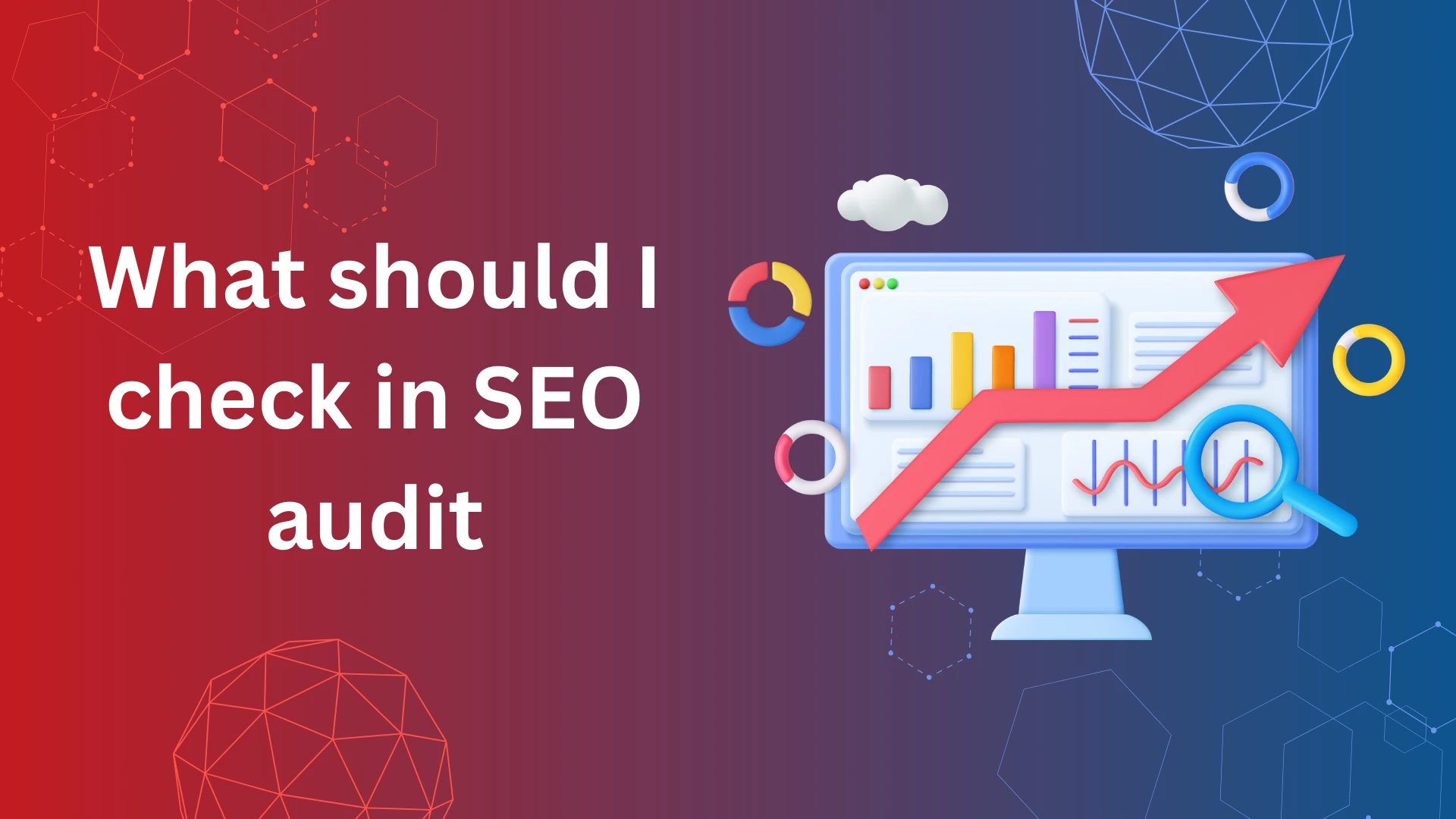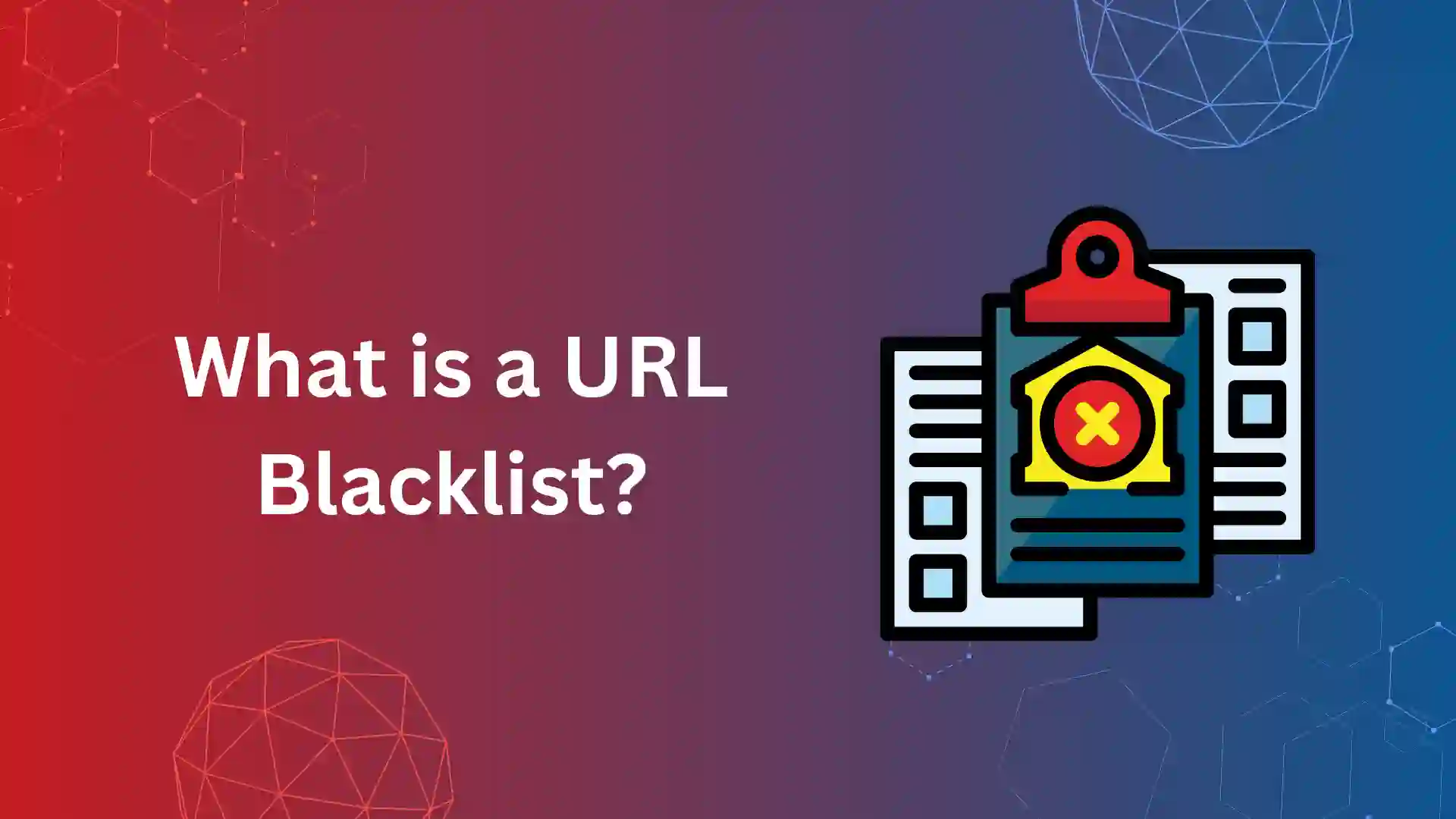You have done your SEO Audit but need help determining what to check in the SEO Audit.
After the SEO Audit, there are some critical aspects to be noticed and sorted, and to make it simpler you can segregate them into small portions like on-page SEO, Off-page SEO, Technical SEO, and Local SEO.
If you check all these metrics and fix them then the SEO part of the whole website is done, We will delve deep into the metrics to be addressed after an SEO Audit.
SEO Audit Checklist
Create an SEO Checklist in a Google Sheet or Excel, Though there are many tools to help you they only show the common metrics, it’s our duty to analyze all the metrics.
On-page SEO Check
On-page SEO is an SEO optimization strategy that helps a page rank on Google SERP by moderating the Title tag, meta description, Image alt-txt, URL slug, etc.
This on-page SEO is basically to convey the relevancy of the page to the users and search engines, so as a business owner or SEO Expert, we have direct control over on-page activities.
Some Common factors of on-page SEO include
- Check for relevant keywords
Use relevant keywords in the title tag, meta description, headings, and throughout the content. - Verify Optimized title tags and meta descriptions
Title tags and Meta descriptions should be relevant to the content of that
particular page - Check for Header Tags (H2, H3, H4, etc.)
Optimize content with proper header tags, this will signal the content structure of the page - Analyze Internal Linking
Link to other relevant pages within your website to improve navigation and it helps in passing link juice throughout your site. - Recheck images with relevant alt text and descriptions.
Optimize images with descriptive file names, alt attributes, and proper image
sizes to improve accessibility and enhance the user experience. - Content optimization
Create valuable, informative, and engaging content that satisfies the user’s search intent and provides answers to their queries. - Check the URL structure
Create clean, descriptive, and keyword-rich URLs that are easy for both users and search engines to understand.
If you need a detailed explanation and an enhanced view of on-page SEO, check our On-page SEO checklist.
Off-page SEO Check
Off-page SEO is an optimization technique that provides external support such as backlinks and authority to your website
- Analyze backlink structure
Acquire high-quality backlinks from reputable and relevant websites to signal to search engines that your site is trustworthy and check for broken links and links from spammy sites. - Monitor brand mentions
Building relationships and networking with the other businesses in your niche helps to create brand awareness and always monitor the brand mentions in media and other reputable website - Check for social media engagement
Engage with your audience on social media platforms, check for DMs, answer for comments, and try to interact with your audience.
For a detailed explanation and off-page help, check our Off-Page SEO Guide
Technical SEO Check
Technical SEO is a critical part of the SEO journey and it is like the foundation of the website, so it is important to check the various aspects of Technical SEO
- Check for crawl errors and blocked resources
Make sure search engines can properly access and index your website by identifying and fixing any crawl errors or resources that are blocked from being crawled. - Ensure mobile-friendliness across all devices
Ensure that your website is optimized for mobile devices to provide a seamless user experience on all devices. - Check structured data markup for rich information
Verify that structured data markup is implemented correctly, It helps search engines with additional context about your content and can enhance rich snippets in search results. - Ensure proper handling of 404 errors and redirects (301, 302, etc.)
Make sure that 404 error pages are customized and redirects are correctly implemented to maintain user experience. - Review the website’s robots.txt file
Examine the robots.txt file to ensure that it is properly, It helps search engine crawlers access different areas of your website. - Check for XML sitemap presence
Confirm that an XML sitemap is present and up-to-date, It is the roadmap of your website and crawlers make use of XML sitemap to crawl the pages of your website. - Evaluate website speed and performance
Assess the speed and performance of your website, you can enhance speed by optimizing elements such as image sizes, code minification, and server response times you can also check the website’s pagerank. - Analyze Core Web Vital Scores
Good user experience depends on the Core Web Vitals, make use of tools like Google’s PageSpeed Insights to evaluate Core Web Vitals metrics such as loading, interactivity, and visual stability.
These are some basic checklists, For detailed explanation and enhanced technical SEO support check our Technical SEO Guide.
Local SEO Check(if applicable)
Local Businesses and businesses with different location pages need a local SEO checklist,
- Check for NAP (Name, Address, Phone number) consistency
Fix a common NAP for your business and ensure that the NAP details of your business are consistent across all online platforms and directories, including your website, social media profiles, and local listings.
Analyze Google Business profile and other local listings
Claim and optimize your Google Business profile and ensure it has accurate and up-to-date information, including business hours, services delivered, and customer reviews.
If you are interested in reading more about Local SEO, we have a Local SEO Guide, have a glance and make use of it in your local business.
Analytics and Tracking
- Analyze Competitors
Competitor Analysis is crucial forever businesses as it will help us know the missing parts of for our marketing strategy and most of the ideas come from competitors, research at least three competitors and analyze them. - Ensure proper implementation of analytics tools
There are many Free and Paid SEO analytics tools such as Google Search Console, Semrush, and Ahrefs, choose the tool of your choice and make use of it for any SEO needs. - Assess the overall user experience, including site design and layout
User Experience changes whenever you update new content on your website, so it is important to check the UX, Website design, and layout regularly and various devices also. - Track key metrics like organic traffic, ranking, and user engagement.
Metrics communicate the SEO performance, So, proper tracking of metrics such as keyword ranking, user engagement, bounce rate, and CTR is important.
Security Check
- Check for any security vulnerabilities (outdated software or plugins)
Regularly audit your website for outdated software or plugins, By ignoring audits and fixes, you will end up with potential vulnerabilities and security breaches. - Switch from HTTP to HTTPS
Always switch HTTP to HTTPS. HTTPS encrypts data transmitted between the user’s browser and your website, which enhances security and security is the first impression of users.
Wrap Up:
By now, you would have a clear understanding of what to check in SEO Audit, First, create an SEO audit checklist in Excel, segregate the SEO categories, analyze the errors in that particular category, and fix those errors.
Every SEO factor contributes to your website ranking and make sure you check all these factors and fix errors accordingly.













